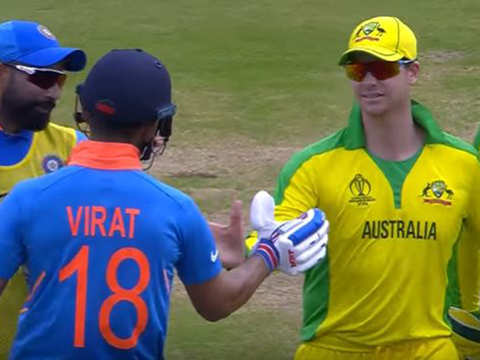Cricket, often referred to as the “gentleman’s game,” is a sport that boasts a rich history and a plethora of elegant shots that have enthralled fans for generations. Among these, the cover drive stands out as one of the most aesthetically pleasing and technically demanding strokes in a batsman’s repertoire. Executing a perfect cover drive requires impeccable timing, balance, and a deep understanding of the game’s fundamentals. In this blog post, we will explore the intricacies of the cover drive, from its origins to the finer points of mastering this classic cricket shot.
The Genesis of the Cover Drive
The cover drive is believed to have originated in the early days of cricket when the game was played in a vastly different form. Back then, cricket bats were not the modern, flat-faced marvels we see today; they were curved and lacked the technological advancements that now allow batsmen to achieve remarkable power and precision. Despite these limitations, early cricketers discovered the allure of the cover drive, which became a symbol of elegance and finesse in the sport.
The Mechanics of a Cover Drive
At its core, the cover drive involves hitting the ball with the full face of the bat through the region between the bowler and the cover fielder. Here’s a breakdown of the fundamental mechanics:
Stance and Grip: A proper stance and grip are the building blocks of any cricket shot. For the cover drive, the batsman should stand with their feet shoulder-width apart and the weight evenly distributed between both feet. The top hand should be placed slightly above the bottom hand on the handle of the bat, ensuring a strong yet flexible grip.
Positioning: As the bowler delivers the ball, the batsman needs to move their front foot towards the pitch of the ball. This ensures that they get their head over the ball and are in the right position to play the shot.
Head Position: Keeping a steady head is essential for a successful cover drive. The batsman should focus their eyes on the bowler’s hand as they release the ball, maintaining concentration throughout the shot.
Weight Transfer: As the ball approaches, the batsman should shift their weight onto the front foot while maintaining a slight bend in the knee. This allows for better balance and control during the shot.
The Stroke: The key to a perfect cover drive lies in the timing. The batsman should wait for the ball to come into their hitting zone, ideally on the front foot, and then play the shot with a full extension of the arms, ensuring the bat meets the ball precisely in the middle. The follow-through should be high, with the bat pointing in the direction of the shot for added control.
Common Mistakes to Avoid
Mastering the cover drive is no small feat, and even professional cricketers can struggle with it at times. Here are some common mistakes to watch out for:
Over-eager Front Foot: Moving the front foot too early or too far can result in a loss of balance and make it challenging to reach the ball with the full face of the bat.
Losing Shape: Trying to hit the ball too hard can lead to a loss of shape in the shot. It’s important to prioritize timing and placement over power.
Wrong Ball Selection: Attempting a cover drive on a ball that is too full or too wide can lead to mistimed shots or edges. It’s crucial to choose the right delivery to execute this stroke effectively.
Poor Head Position: Keeping your head still and focused on the ball is vital. Any movement can lead to misjudgment and mistimed shots.
Practice Makes Perfect
As with any skill in cricket, practice is the key to mastering the cover drive. Here are some tips to help you refine your technique:
Drills: Incorporate cover drive drills into your practice routine. Use cones or markers to simulate the fielders’ positions and practice finding the gaps.
Video Analysis: Record your practice sessions and games to review your cover drives. Analyze your footwork, positioning, and shot selection to identify areas for improvement.
Mental Preparation: Develop a strong mental game. Confidence and focus are crucial when playing the cover drive in a match situation.
Net Sessions: Make the most of net sessions by facing different types of bowlers and deliveries. This will help you adapt your cover drive to various situations.
The Cover Drive in Modern Cricket
In today’s cricketing world, where power-hitting and unorthodox shots often take center stage, the cover drive remains a testament to the beauty of classic cricketing technique. Even in the era of T20 cricket, where innovation is celebrated, a perfectly executed cover drive can steal the spotlight and remind fans of the timeless elegance of the game.
Conclusion
The cover drive is more than just a cricket shot; it’s a work of art that combines technique, timing, and poise. Mastering this classic stroke takes time and dedication, but the rewards are well worth the effort. As you continue your journey in the world of cricket, remember that the cover drive is not just a shot; it’s a symbol of the sport’s rich heritage and a testament to the enduring beauty of cricketing excellence. So, step into the nets, work on your technique, and strive to become a maestro of the cover drive—a shot that defines the spirit of cricket itself.



